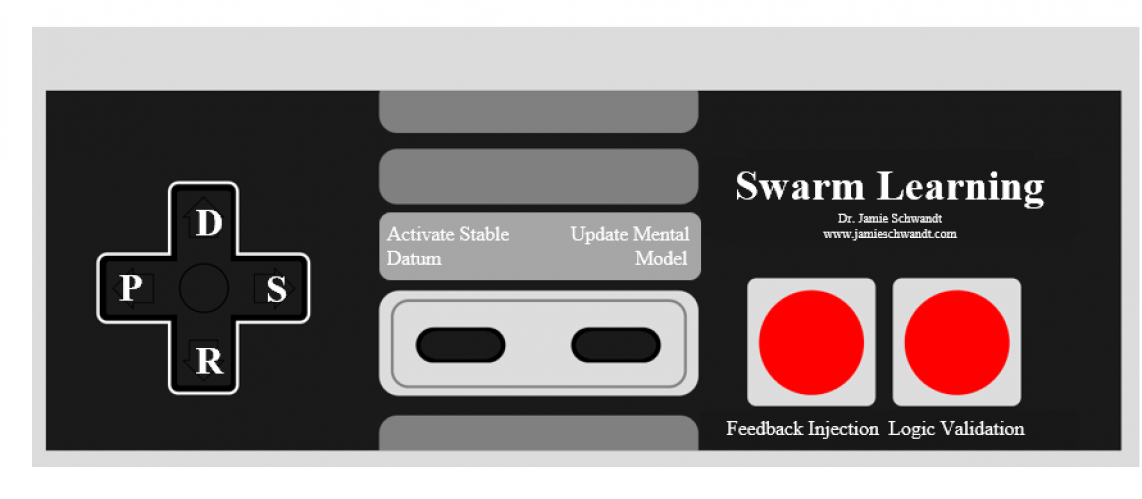What is health care administration?
A structure that governs health care. Healthcare Administration can be viewed as an organizational structure of a single institution or in a broader sense, a
cross the healthcare continuum. On a macro level there are organizations that govern other health organizations, such as World Health Organization (WHO) and the Center for Disease and Control and Prevention. On a micro level, an institution can be broken down into a hierarchy of the organization such as a hospital. For example, the CEO–CFO–COO–CNO and so on. All entities designed to carry out the mission and interests of the organization.
What is a systems view of the U. S. Health Care Industry?
At the hub of the system, the hospitals and the physicians provide services to the consumers/patients. These services are governed/controlled/impacted by other entities like the various public health agencies, regulators, buyers and suppliers.
What distinctions are you seeing in the systems view?
The distinctions I notice are the numerous agencies, regulators, buyers and suppliers that impact the services of the health system. Some impact in a positive way to protect the consumer and ensure a standard of care is provided for all consumers despite the socioeconomic status. However, some make the system difficult for the consumer to obtain quality care.
What distinctions are you not seeing?
The distinctions that are not visible is the relationship between the hierarchy of the system and the front line service providers to the consumers. These “providers” are equally essential to the successful functioning of the system
How would you distinguish between regulators and public health agencies?
The public health agencies provide data on research outcomes, health threats, education and recommendations on multiple health conditions, diseases and standards of care. The regulators guide, implement, and enforce regulations and standards to protect the consumers.
Can you compare and contrast suppliers and buyers?
The buyers provide support to a system. On the government side by instituting programs that provide financial reimbursement to institutions for services. The buyers provide insurance for the providers within the organization.
The suppliers provide products and equipment with out which the organization would not be able to function. Products are provided at contracted pricing rates, although in the U. S., product companies and pharmaceutical companies with monopolies make it more difficult to afford whit is needed to treat illnesses and diseases.
What is organizational design?
Organizational design is a lay out of the structure and flow of an organization like hospitals. It outlines the hierarchy of the operational functional design should support an efficient management that coordinates both function and program structure.
Explain and describe how empowerment involves direct autonomy.
Giving employees the ability to make decisions or be involved in the decision making process will empower them to be an integral part of the system. Their involvement in setting processes gives them autonomy to operate under. They are more engaged in their work and the organization when the know their thoughts/suggestions/decisions are encouraged and supported.
In health care, patients can be empowered to make educated decisions in the care they receive and accept. Patients need to be educated by their care givers and physicians to empower them.

Rhonda,
Fantastic job! Are you on the Facebook page? If so, can you share with the group?
I am not yet. My facebook is not under Reed, it is under Rhonda McIntosh. I will try to get on this week.
Rhonda